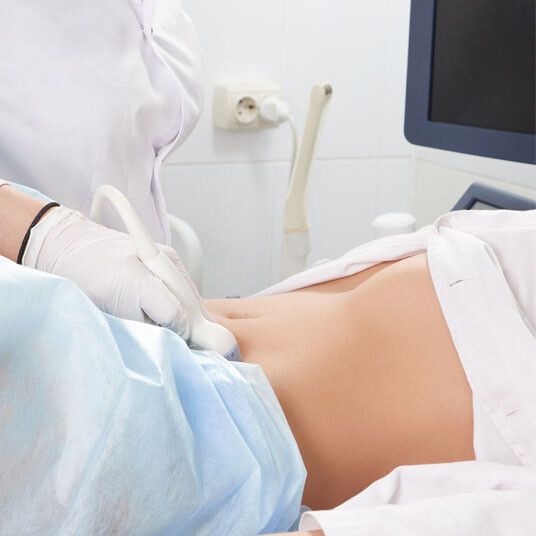In Vitro Fertilization (IVF)
Ovarian stimulation and monitoring
In IVF, we employ a controlled treatment regime (stimulation protocol) to attempt to intervene in the female reproductive cycle and regulate ovarian stimulation, so that the ovaries will produce more than one egg and, consequently, we can retrieve more than one eggs on the appropriate day.
The ovarian stimulation medication protocols used are typically three: the long protocol, the short protocol and the antagonist protocol. The medication used in all three protocols is the same; the difference lies in the dosage used and the duration of the treatment.
The choice of the protocol to be used depends on the couple’s history, the woman’s age, the responsiveness of her ovaries in previous attempts, and the clinical image presented by her biochemical and hormone test results. During ovarian stimulation, adjustments may be made depending on the ovaries’ response.


In IVF, we employ a controlled treatment regime (stimulation protocol) to attempt to intervene in the female reproductive cycle and regulate ovarian stimulation, so that the ovaries will produce more than one egg and, consequently, we can retrieve more than one eggs on the appropriate day.
The ovarian stimulation medication protocols used are typically three: the long protocol, the short protocol and the antagonist protocol. The medication used in all three protocols is the same; the difference lies in the dosage used and the duration of the treatment.
The choice of the protocol to be used depends on the couple’s history, the woman’s age, the responsiveness of her ovaries in previous attempts, and the clinical image presented by her biochemical and hormone test results. During ovarian stimulation, adjustments may be made depending on the ovaries’ response.

During ovarian stimulation, the woman is submitted to frequent ultrasound checks. Given that the developing eggs secrete increasing quantities of estrogens, frequent hormone blood tests are also required. Each time, the medication dose to continue the stimulation is decided along with the date for retesting, in order to assess egg growth, avoid potential complications (overstimulation), and determine the most appropriate time for egg retrieval and embryo transfer.
A very small percentage of women who commence treatment for IVF may be required to suspend it, if the ovarian response to the treatment is not the anticipated. In specific, difficult cases, screening and monitoring is more thorough and specialized.

